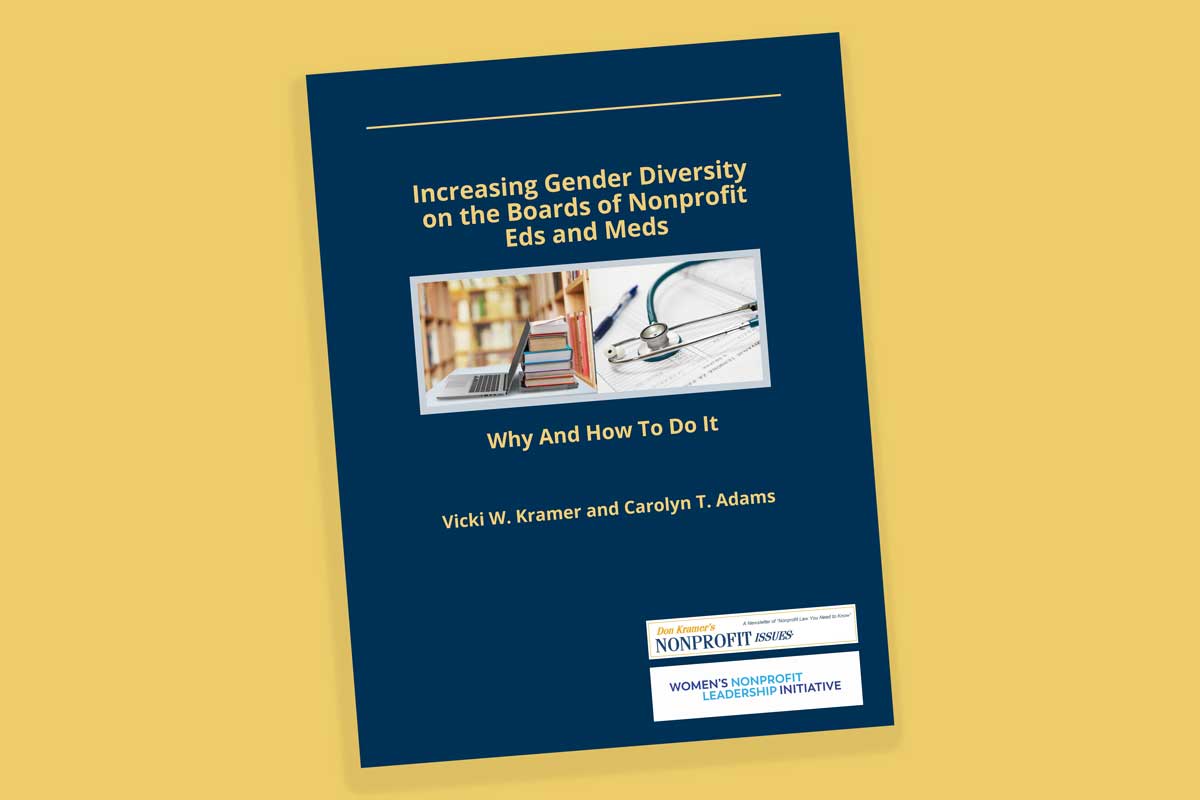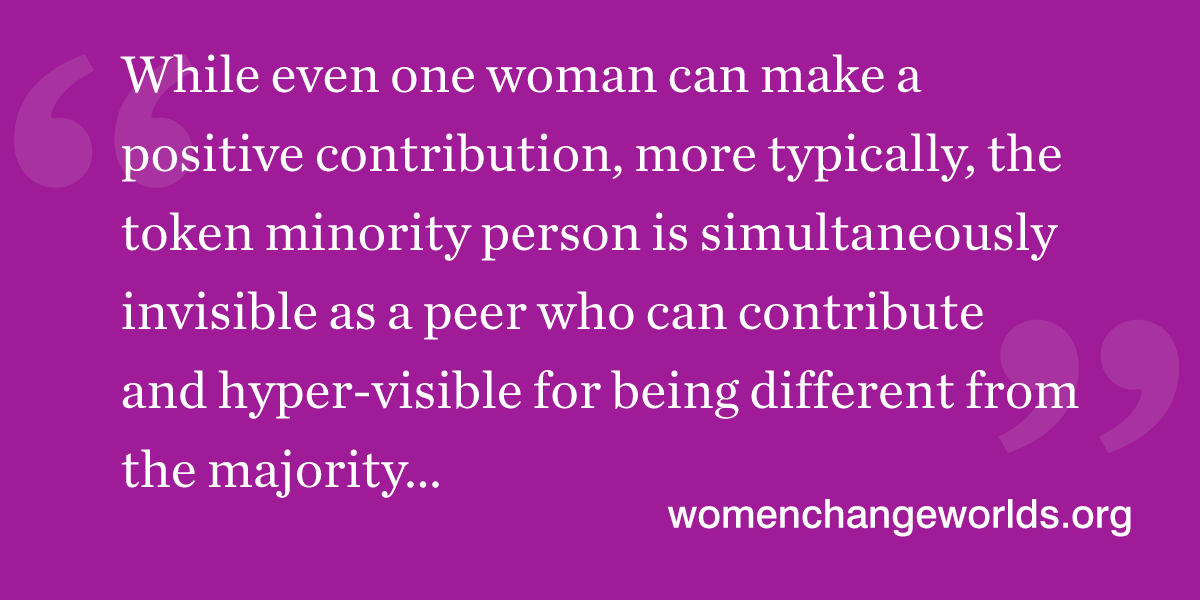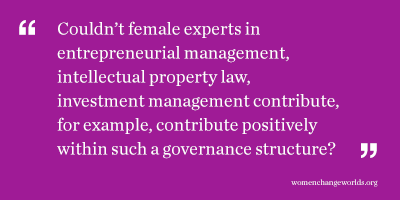 Hospitals and universities are facing challenges that many have never seen before as they respond to COVID-19. Universities are closing their campuses and transitioning to remote learning in order to protect the health of their faculty and students. Hospitals are working around the clock to add more beds, secure lifesaving equipment, and acquire the gear needed to protect their staff. These educational and healthcare organizations ("eds" and "meds") need to identify creative solutions to solve these problems in ways that take into account the needs of their diverse stakeholders. Boardroom diversity is particularly important to achieving this.
Hospitals and universities are facing challenges that many have never seen before as they respond to COVID-19. Universities are closing their campuses and transitioning to remote learning in order to protect the health of their faculty and students. Hospitals are working around the clock to add more beds, secure lifesaving equipment, and acquire the gear needed to protect their staff. These educational and healthcare organizations ("eds" and "meds") need to identify creative solutions to solve these problems in ways that take into account the needs of their diverse stakeholders. Boardroom diversity is particularly important to achieving this.
Almost 14 years ago, the Wellesley Centers for Women published Critical Mass on Corporate Boards: Why Three or More Women Enhance Governance. I wrote this report along with my coauthors Alison M. Konrad, Ph.D., and Sumru Erkut, Ph.D. At the time, we didn’t know how much of an influence it would have on corporate boards. Since then, the biggest for-profit corporations have faced increasing pressure to diversify their boards from major shareholders, advocacy groups, some government entities, and the media.
The largest nonprofits—eds and meds—have not faced comparable scrutiny or pressure. But recent studies in Philadelphia and Boston, two major centers for eds and meds, have begun to shine a light on the low percentages of women on the boards of many of these institutions.
As a member of the Women’s Nonprofit Leadership Initiative (WNLI)—which was founded by my Wellesley College classmate, Happy Fernandez ’61, and is a co-publisher of the Philadelphia report—I learned of the need for research to understand the reasons behind the numbers and what remedies work. So WNLI colleague Carolyn Adams and I conducted in-depth, confidential interviews with 59 female ed and med board members and male and female board chairs and chief executives in 14 states and the District of Columbia, representing every region of the United States. We wanted to know what it’s like to be in “the room where it happens.”
In our new report, Increasing Gender Diversity on the Boards of Nonprofit Eds and Meds: Why and How to Do It, we document that women face substantial barriers to gaining board seats and to serving effectively once elected. Though our study focused on gender diversity, we found parallel barriers to racial diversity and note the impact of the combined barriers of gender and race for women of color.
Removing obstacles for all women matters, not only because equity in organizations must start at the top, but also because our interviewees reported that female directors have positive impacts on the boards and their significant decisions. Women make contributions related to their expertise, as do men, but they also bring different experiences and perspectives to the table, particularly on issues involving consumers (students and patients), culture change, improved governance, and the way decisions are made. An overwhelming number of interviewees believe board diversity can increase effectiveness in serving consumers.
Though these nonprofit boards present some of the same barriers to gender diversity as for-profits, women face additional barriers in nonprofits related to differences between the sectors:
- FINANCIAL REQUIREMENTS: Unlike for-profit boards, where members are paid a stipend, nonprofits generally expect board members to make financial contributions, sometimes sizeable. That can work to exclude or reduce the numbers of women who are considered.
- WHO-YOU-KNOW RECRUITMENT: Unlike for-profits, which regularly use search firms, nonprofits rely primarily on board members to recruit new members and are therefore limited by the largely white male social and business circles of the current white male trustees.
- BOARD SIZE: Nonprofit boards are usually larger than corporate boards, which average 9 to 11 members. In our study, excluding one board with over 85 members, the average board size was 29, and some had over 60 members. Though our 2006 WCW study led the way in pointing to a critical mass of three or more women in order to have an impact on for-profit boards, our nonprofit respondents cited 30% as the relevant minimum on their boards, because of their greater size. Even a critical mass does not necessarily lead to inclusion on large boards, where committees do the real work and executive committees often make most decisions. Exclusion from such power positions, or appointments only in small numbers, can mute women’s voices and limit their opportunity to be of influence and value.
The differences we identified call for change strategies tailored to the nonprofit sector. The strategies we recommend include:
- Placing less emphasis on a candidate’s financial capacity to contribute.
- Changing recruiting practices.
- Shrinking board size.
- Creating separate fundraising boards.
Embracing change, we found, requires leadership, intentionality, and a full board discussion of diversity.
In the United States, pressure on for-profits has largely come from shareholders. Nonprofit eds and meds do not have shareholders but they do have stakeholders: students and patients and their families, alumni/ae, employees (particularly faculty in the eds), members of communities affected by major board decisions, and donors. Since we are all members of some of these groups, if we, as stakeholders, paid greater attention to the lack of diversity on these boards and organized to exert our influence, we could propel change—putting eds and meds in a better position to face future challenges.
Vicki W. Kramer, Ph.D., is a consultant to nonprofits and former academic. She has co-authored articles in the Harvard Business Review and numerous other journals, as well as chapters in Women on Corporate Boards of Directors: International Research and Practice and More Women on Boards: An International Perspective. She was the founding president of the Thirty Percent Coalition, a national collaboration of for-profit companies, institutional investors, and nonprofits promoting gender diversity on corporate boards.


 In a meeting with the Congressional Black Caucus earlier in October, Facebook’s Chief Operating Officer,
In a meeting with the Congressional Black Caucus earlier in October, Facebook’s Chief Operating Officer,  My colleagues Vicki Kramer, Allison Konrad, and I interviewed 50 women directors, 12 CEOs (nine male), and seven corporate secretaries at Fortune 1000 companies. We found that
My colleagues Vicki Kramer, Allison Konrad, and I interviewed 50 women directors, 12 CEOs (nine male), and seven corporate secretaries at Fortune 1000 companies. We found that 
 members of Twitter’s board members have undergraduate degrees from liberal arts colleges: one has a degree in English; another in Asian Studies. Couldn’t female experts in entrepreneurial management, intellectual property law, investment management contribute, for example, contribute positively within such a governance structure? It was smart of Twitter to include diversity of educational and work experiences on its board. Twitter (and all corporations) needs to stop making excuses and go for greater diversity, by including female, minority, and international members on its board.
members of Twitter’s board members have undergraduate degrees from liberal arts colleges: one has a degree in English; another in Asian Studies. Couldn’t female experts in entrepreneurial management, intellectual property law, investment management contribute, for example, contribute positively within such a governance structure? It was smart of Twitter to include diversity of educational and work experiences on its board. Twitter (and all corporations) needs to stop making excuses and go for greater diversity, by including female, minority, and international members on its board.